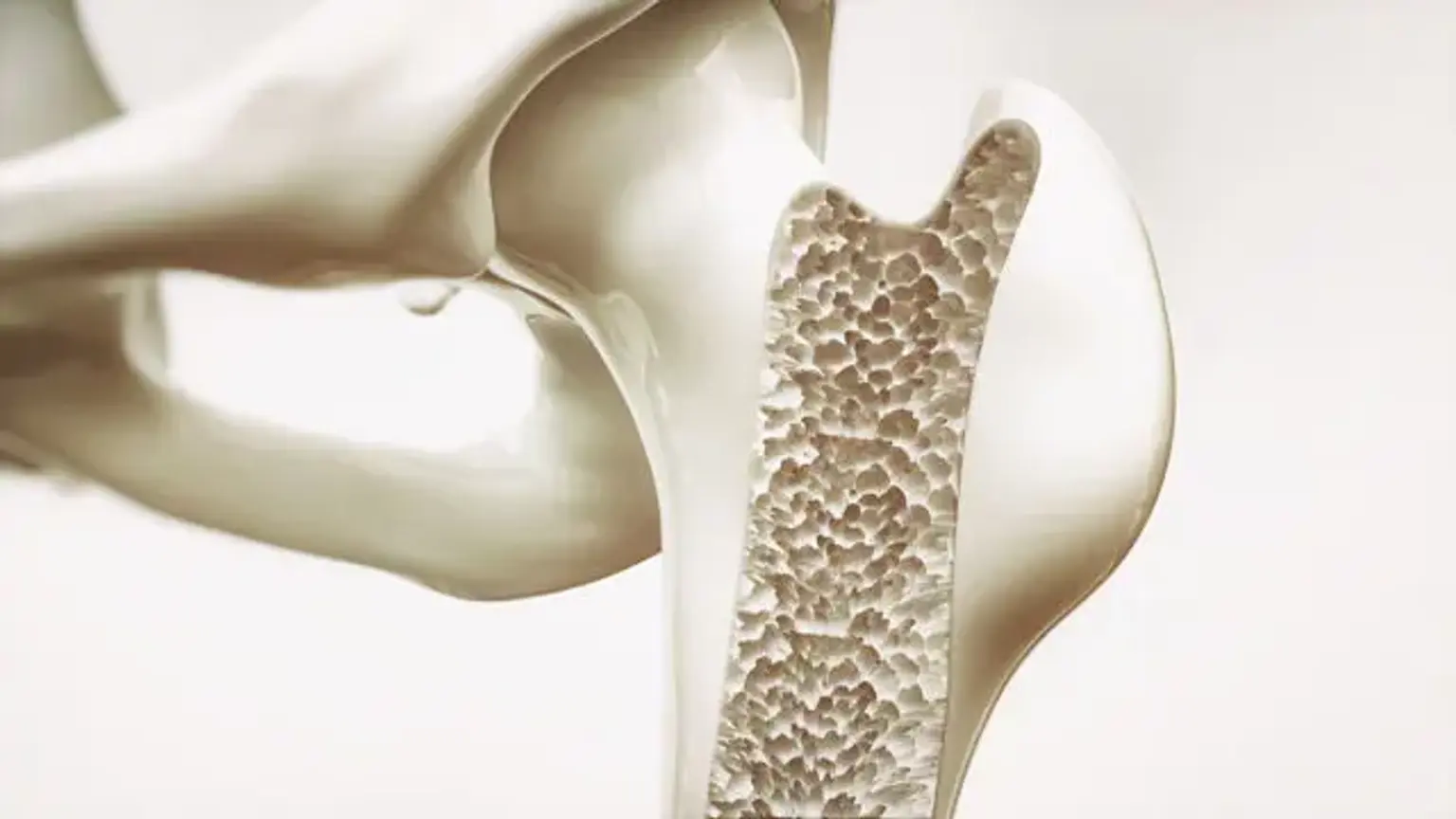Metabolic Bone Disease
Metabolic bone disease is a catch-all name for a variety of clinically distinct disorders that share the common feature of an abnormal bone chemical microenvironment, which leads to a deficient skeleton and bone deformities. Metabolic bone diseases frequently have a significant clinical picture and manifestation that is reversible in nature once the underlying problem is addressed. Mineral abnormalities such as calcium, phosphorus, magnesium, or vitamin D might arise as a result of malfunctions in the numerous components that regulate mineral homeostasis. Rickets develops at the epiphyseal growth plates, and osteomalacia develops on the endocortical and cancellous bone surfaces as a result of improper mineralization. Furthermore, the pathophysiology of osteogenesis imperfecta has been broadened from a basic collagen deficiency to include anomalies in bone cell metabolism and development, as well as primary abnormalities in osteoblast differentiation.
Skeletal dysplasias, a wider set of hereditary bone abnormalities that overlaps with metabolic bone disease, must be distinguished from metabolic bone disease. Skeletal dysplasias, as opposed to metabolic bone diseases, are hereditary disorders characterized by extensive cartilage and bone defects. The bone condition is caused by primary abnormalities in various signal pathways or cell types that regulate skeleton formation processes. When dealing with newborns who have several unexplained fractures, forensics experts face a difficult diagnostic issue in distinguishing between child abuse and metabolic bone disease.
Osteoporosis, rickets, osteomalacia, osteogenesis imperfecta, osteopetrosis, Paget disease of bone, and fibrous dysplasia are examples of metabolic bone disorders.
